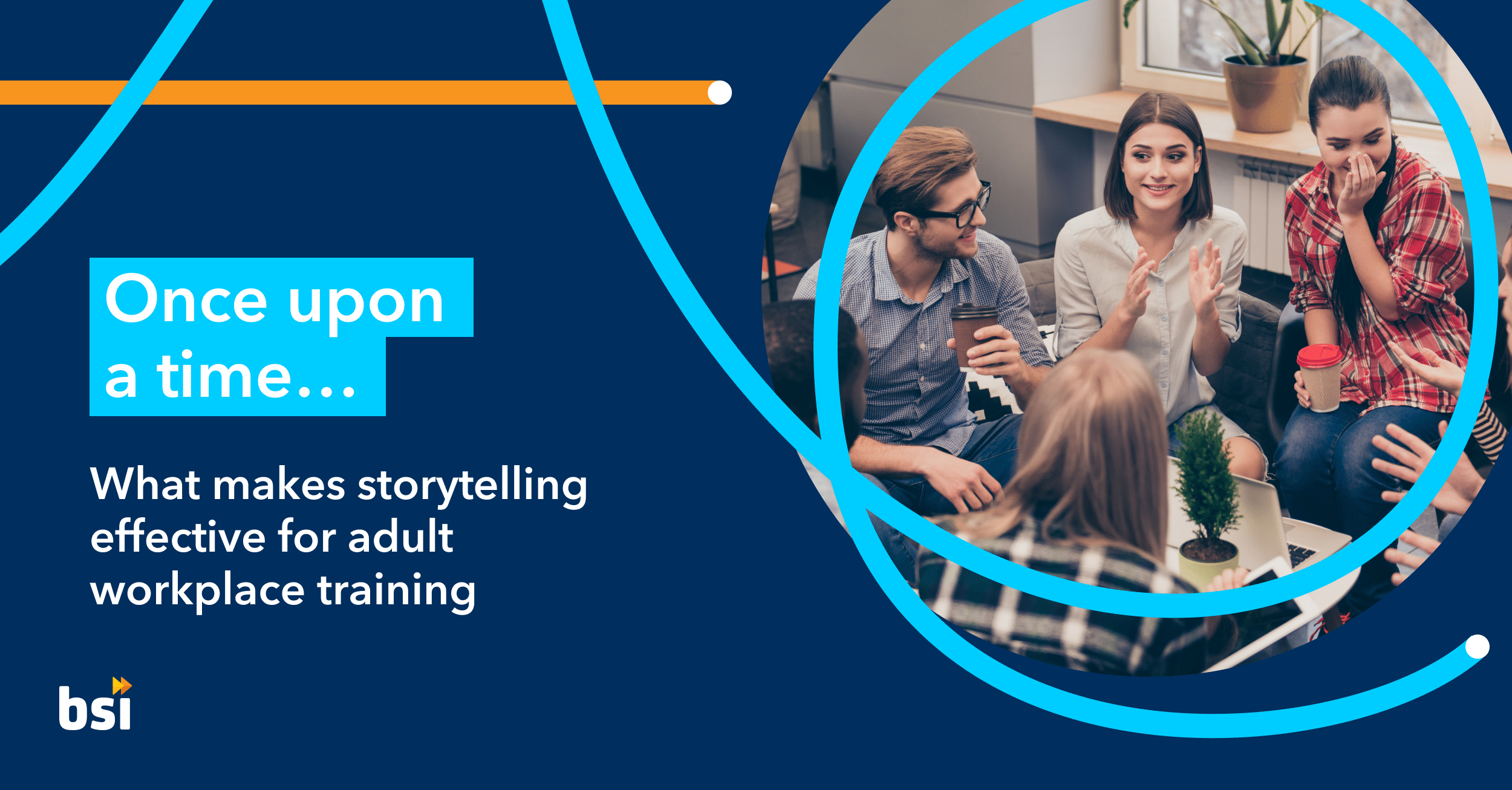Happy ever after...
Once upon a time...
Did I ever tell you about the time when?
It's hard to think of a more time-honoured learning strategy than storytelling; traditional cultures relied on the oral tradition to pass wisdom down through the ages. And it works! Our modern culture rings with the echoes of stories from our ancestors, and we're still creating modern stories today through film and media.
And yet, for some reason, when it comes to adult workplace learning and development, it's common to just convey 'the content' instead of considering how best to engage the learning brain.
Using storytelling as a learning approach for adult workplace training is effective for many reasons:
▶️ Storytelling gains learners' attention: We know that gaining learners' focus and attention is a prerequisite to any acquisition of new knowledge. In today's world full of distractions, starting with an attention-grabbing story primes learners' brains to the topic at hand.
▶️ Storytelling highlights relevance: People need to know why what they’re learning is relevant to them and what’s in it for them. Telling a real story adds context to learning content, bringing it to life and enabling key points to hit home.
▶️ Storytelling is neuroscience approved a powerful learning strategy: That there are two powerful brain structures responsible for memory storage and recall- the hippocampus and the amygdala. Both are activated through engaging with narrative- the hippocampus loves the sequence and familiar narrative frameworks that storytelling provides, and the amygdala is activated through the emotional stimuli in compelling stories.
▶️Storytelling is persuasive: Often learning solutions are less about acquisition of new knowledge, and more about persuading people to change their ingrained behaviours or consider fresh approaches. Stories tap into real lived experiences of people whose stories deserve to be heard.
